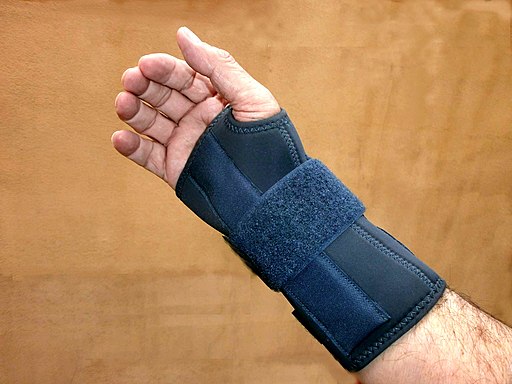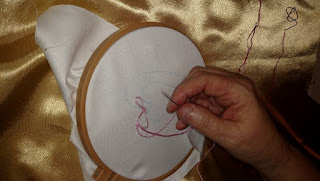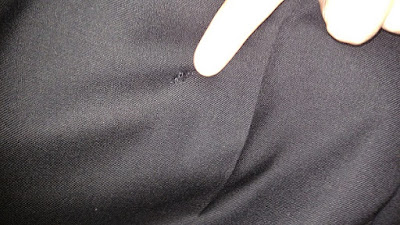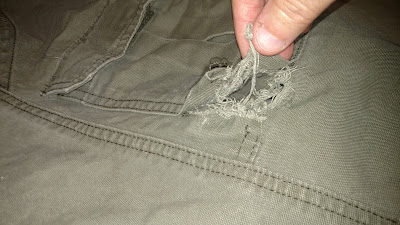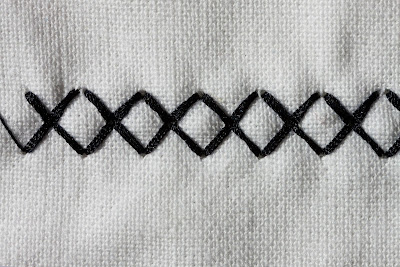(I used to work in a sewing factory, and several of my co-workers had carpal tunnel pain and even surgeries for it.)
What to Do if You See Signs of Carpal Tunnel
So, if you're starting your own high-volume sewing business, you may need to be aware of ways to protect yourself from injury, and what to do if you start to notice carpal tunnel symptoms in yourself or your employees.
Carpal tunnel syndrome is caused by damage to a nerve in the wrist that lays alongside the carpal ligament, and according to My Carpal Tunnel, 60 million people worldwide have encountered this painful issue.
The Link Between High-Volume Sewing and Carpal Tunnel
When you're sewing to make money, such as making a product in a factory or even putting out a large quantity of crafts to sell from home, you establish a rhythm and a way of moving efficiently, and you keep doing it over and over and over.
With sewing, the main stress is already on your hands and wrists if you're properly seated at the machine, so if you're at all prone t repetitive stress injury, it's just kind of natural that that stress would affect your hands, wrists and forearms.
Early Carpal Tunnel Symptoms to Watch For
If you notice a problem with carpal tunnel developing, you can sometimes slow its progression by doing some gentle forearm stretches and wearing a cockup brace that holds your hand in a slightly elevated position.
The reason the brace helps, especially if you wear it while you sleep, is it extends the tunnel the carpal ligament runs through in your forearm. This lets swelling go down and reduces the pain.
Just be sure to ask your doctor if a brace is right for your situation before you go get one so you don't waste your money or make your carpal tunnel symptoms worse.
Carpal Tunnel Surgery for Advanced Carpal Tunnel Syndrome
Very few people actually WANT carpal tunnel surgery, but if the pain is too intense and can't be treated by non-invasive methods, your doctor might suggest an operation. It's important to know that even after the operation, you'll have to treat your wrist with care because carpal tunnel syndrome can return even after surgery.What's worse, something could go wrong in the surgery, leaving you in even more pain. In a case like that, you may end up looking for a medical malpractice attorney Pittsburgh to help you with a claim of malpractice.
Recovery from carpal tunnel surgery is a long process, too, which is another reason to be sure you need it. Sometimes the pain lets up as quickly as the same day of your surgery, according to WebMD, but you have to keep the bandages on for a week or two. Full recovery can take months.
Your doctor will probably advise you to try some gentle wrist exercises after the surgery, and if your hand strength doesn't return, the doctor might prescribe occupational therapy to help make sure you don't end up hurting your wrist worse and needing a second surgery.
By Laure Justice
Thank you for visiting Stitching it Right. Comments are welcome here and on Facebook. And if you want to learn how to sew, it would be great if you would like and subscribe to our YouTube Sewing Lessons from Stitching it Right channel.

